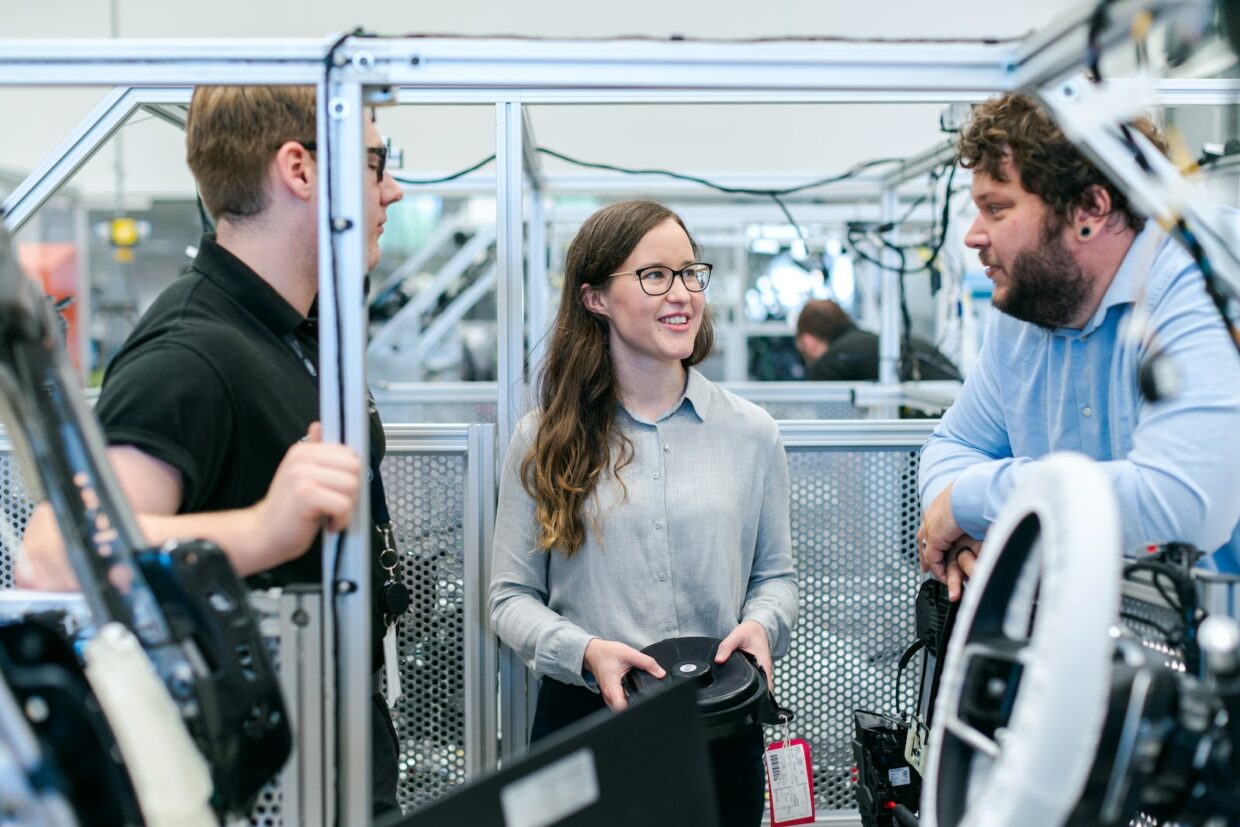.
New Zealand’s automotive industry has been drastically impacted by the rise of ride-hailing services over recent years, from the traditional taxi industry to the new players in the field such as Uber and Lyft. Ride-hailing has revolutionized the way people move around, providing mobility in an entirely new way for customers. The rise of ride-hailing services has worked to strengthen New Zealand’s automotive industry, but it has come with challenges that have caused it to become a controversial topic.
The Benefits to New Zealand’s Automotive Industry
One of the biggest benefits of ride-hailing services is the increased convenience they offer customers. Customers no longer need to wait in long taxi queues, as ride-hailing services can be requested and dispatched at the press of a button. This increased convenience, along with competitive pricing, has resulted in a surge in demand for ride-hailing services.
This surge in demand has been beneficial to New Zealand’s automotive industry, as more people are using vehicles for transport. It has led to an increase in the number of vehicles on the road and has created new jobs in the form of Uber and Lyft drivers. The increased number of vehicles has also had a positive effect on the automotive industry in terms of increased sales of new and used cars.
Challenges for New Zealand’s Automotive Industry
Despite the positive impacts of ride-hailing services on New Zealand’s automotive industry, there are also a number of challenges that have arisen due to the growing popularity of ride-hailing. One of the biggest challenges is the competitive pricing of ride-hailing services. Traditional taxi services have found it increasingly difficult to compete with the lower prices offered by ride-hailing companies, resulting in a decline in the number of customers.
Another challenge for New Zealand’s automotive industry is the fact that the majority of Uber and Lyft drivers are not employed directly by the companies. This has led to criticism that the companies are exploiting their drivers, as they do not receive the same benefits or protection as traditional taxi drivers. This has caused concern in the automotive industry, as it is seen as a form of unfair competition.
The Future of New Zealand’s Automotive Industry
Despite the challenges posed by ride-hailing services, the automotive industry in New Zealand is still very much alive and well. The industry still has a strong customer base, and the rise of ride-hailing has opened up new opportunities for the industry to adapt and innovate.
The future of the industry looks promising, as the government has recently announced new regulations for ride-hailing companies. These regulations will ensure that drivers are treated fairly and that ride-hailing companies have to adhere to the same standards as traditional taxi companies. This should help level the playing field between the two industries and ensure that the automotive industry in New Zealand is able to remain competitive.
Overall, the rise of ride-hailing has had both positive and negative effects on New Zealand’s automotive industry. The increased convenience has opened up new opportunities for the industry, but it has also posed a number of challenges. The government’s new regulations should ensure that traditional taxi companies have the same chance to compete as ride-hailing services, and this should help ensure a strong future for the automotive industry in New Zealand.
Key Takeaways
- Ride-hailing services have revolutionized the transportation industry, providing convenience and competitive pricing for customers.
- The increased demand for ride-hailing services has had a positive impact on the automotive industry in terms of increased sales and job creation.
- Ride-hailing services have posed a number of challenges for the automotive industry, such as unfair competition and exploitation of drivers.
- The government’s new regulations should ensure that traditional taxi companies have the same chance to compete as ride-hailing services and help secure a strong future for the automotive industry in New Zealand.
The rise of ride-hailing services has had a significant impact on New Zealand’s automotive industry, both positive and negative. While it has opened up new opportunities for the industry, it has also presented some challenges that must be addressed. With the right regulations in place, the automotive industry in New Zealand should be able to remain competitive and continue to thrive for many years to come.

